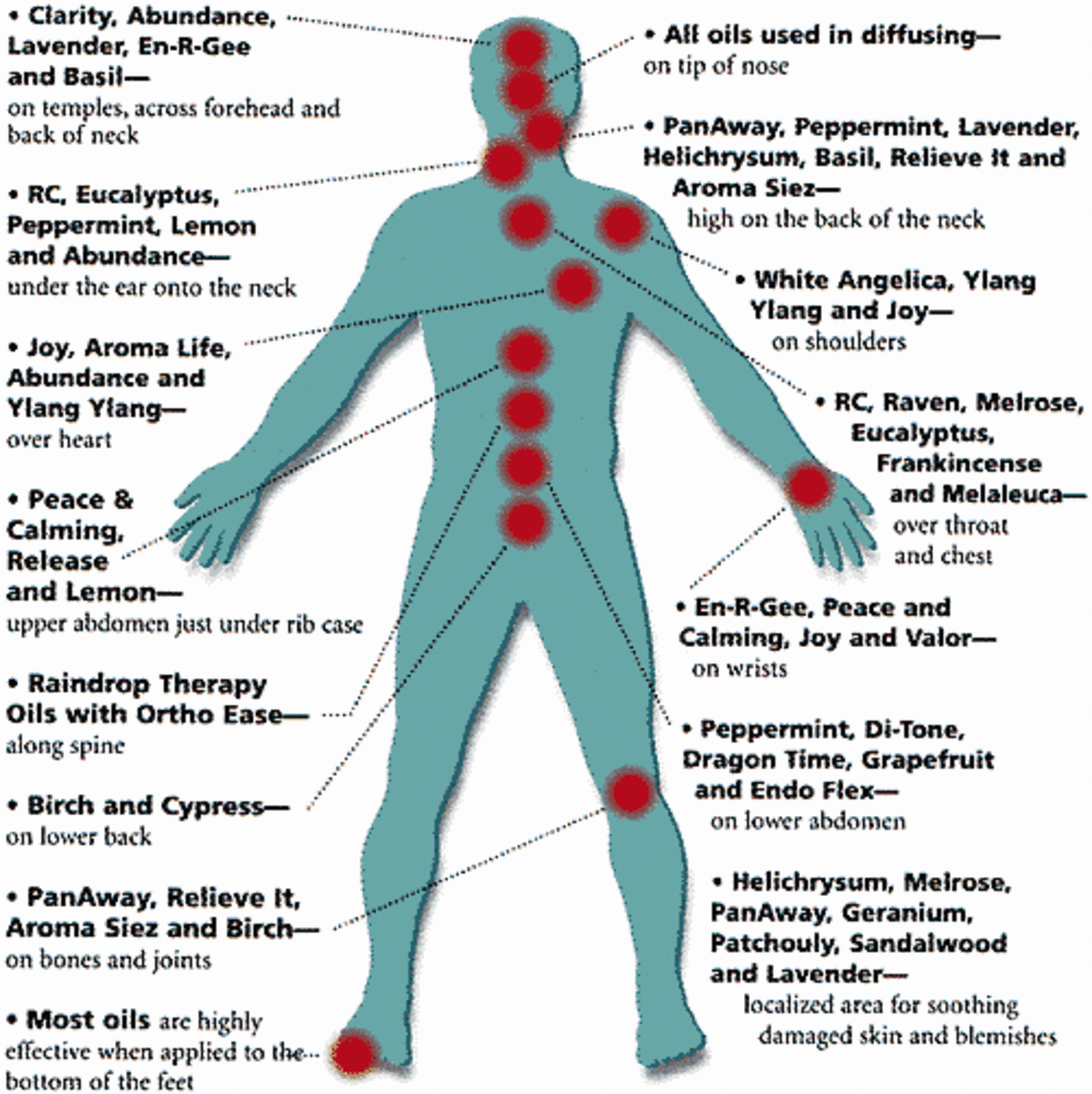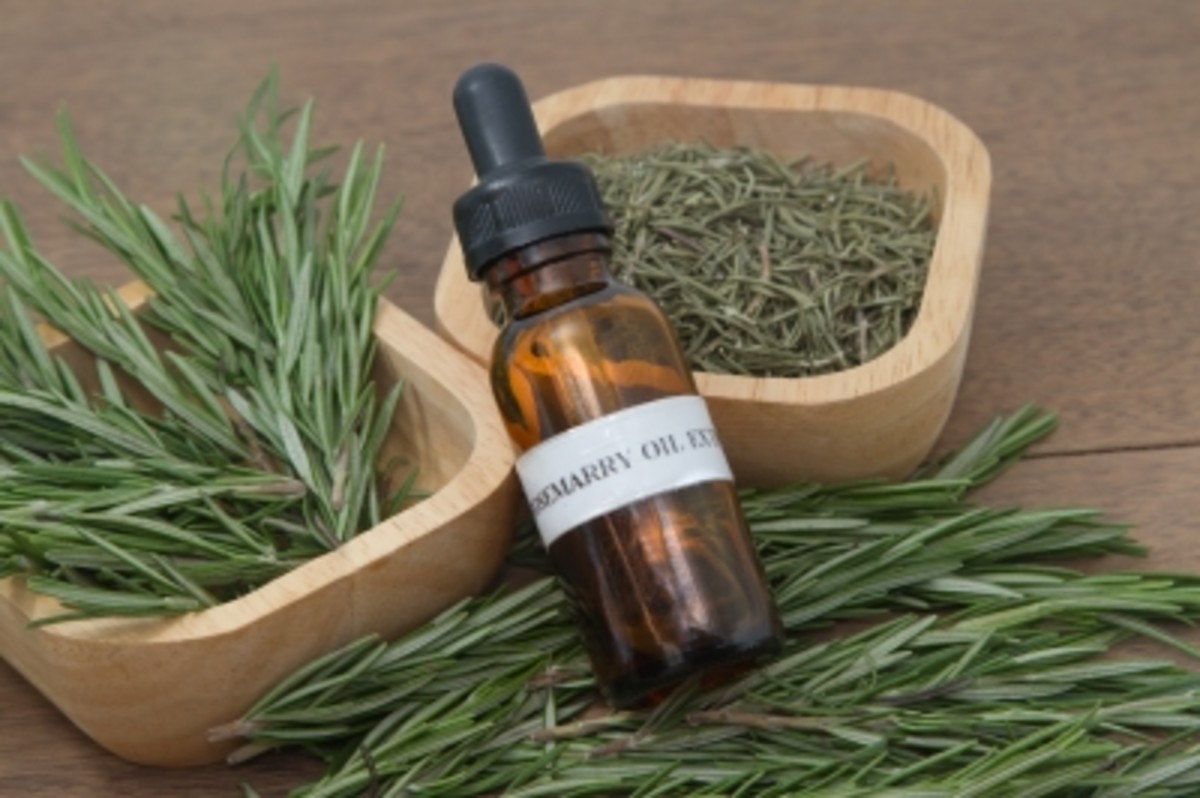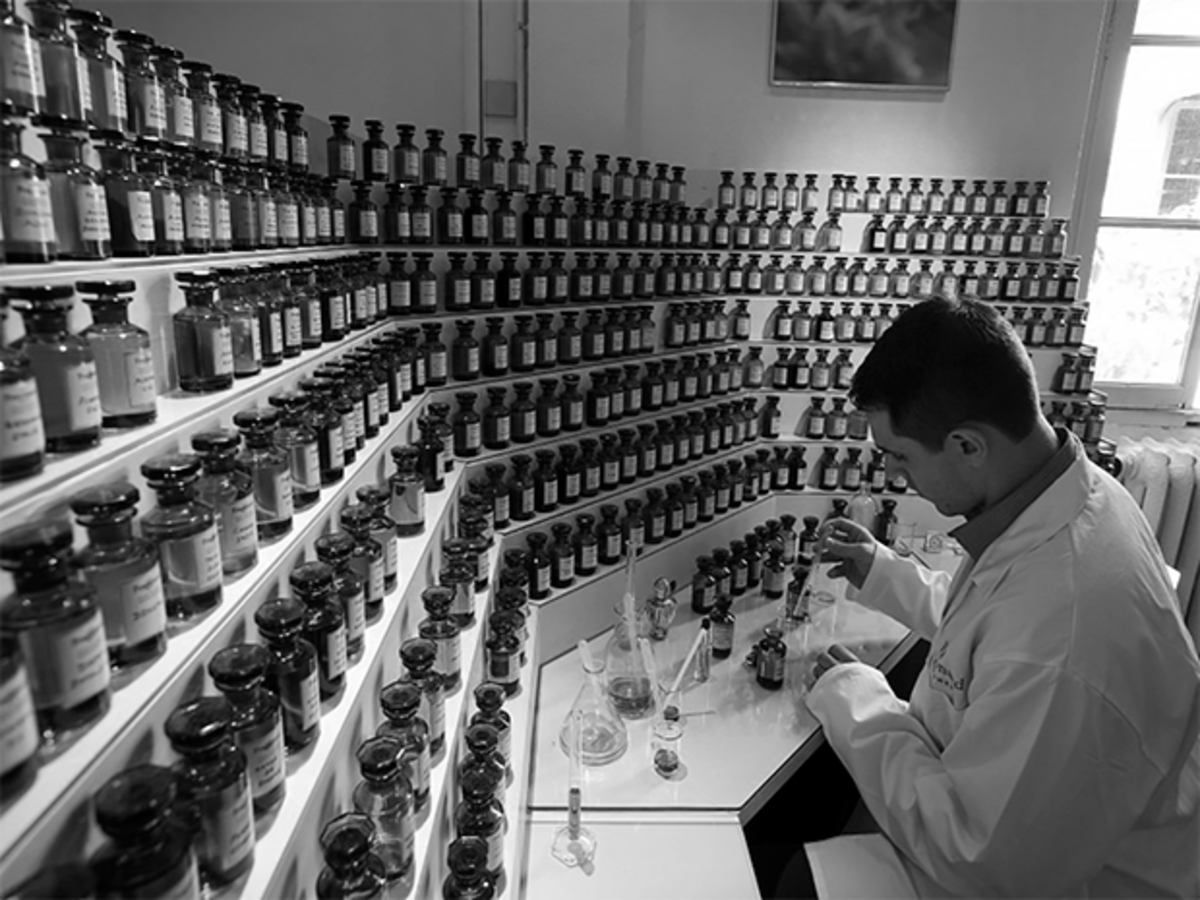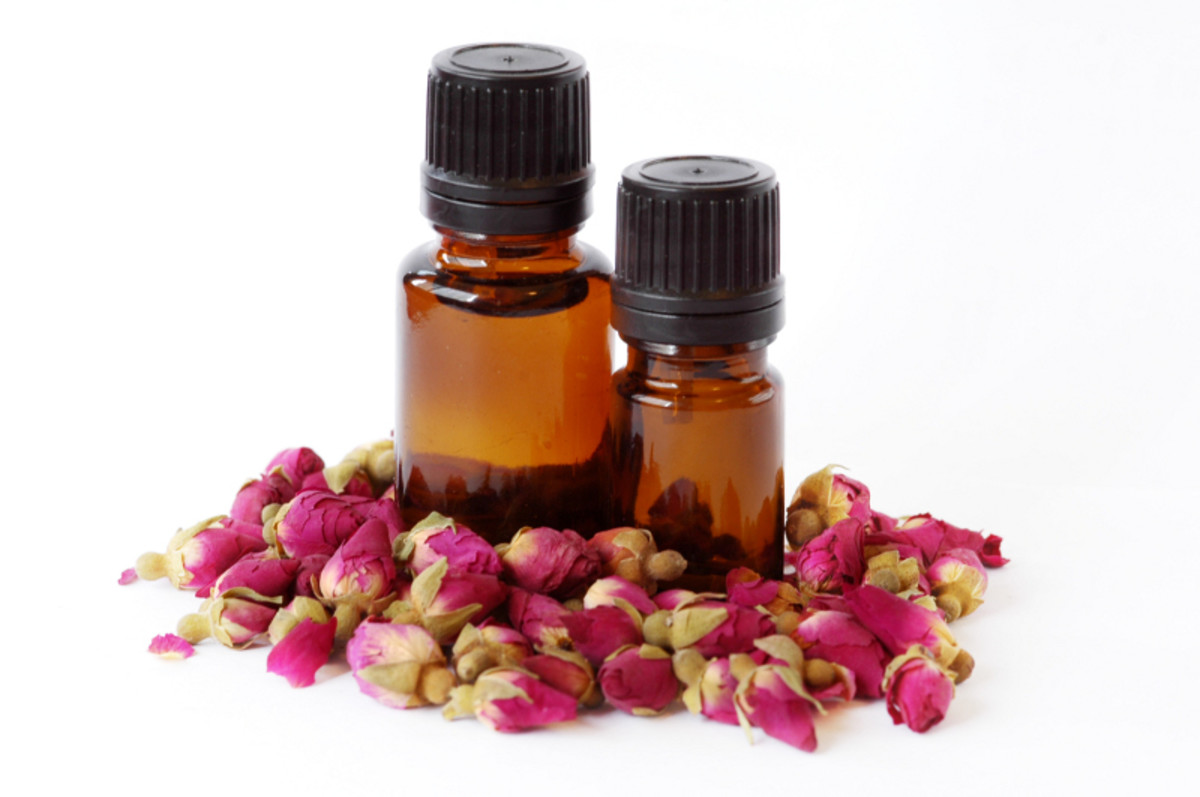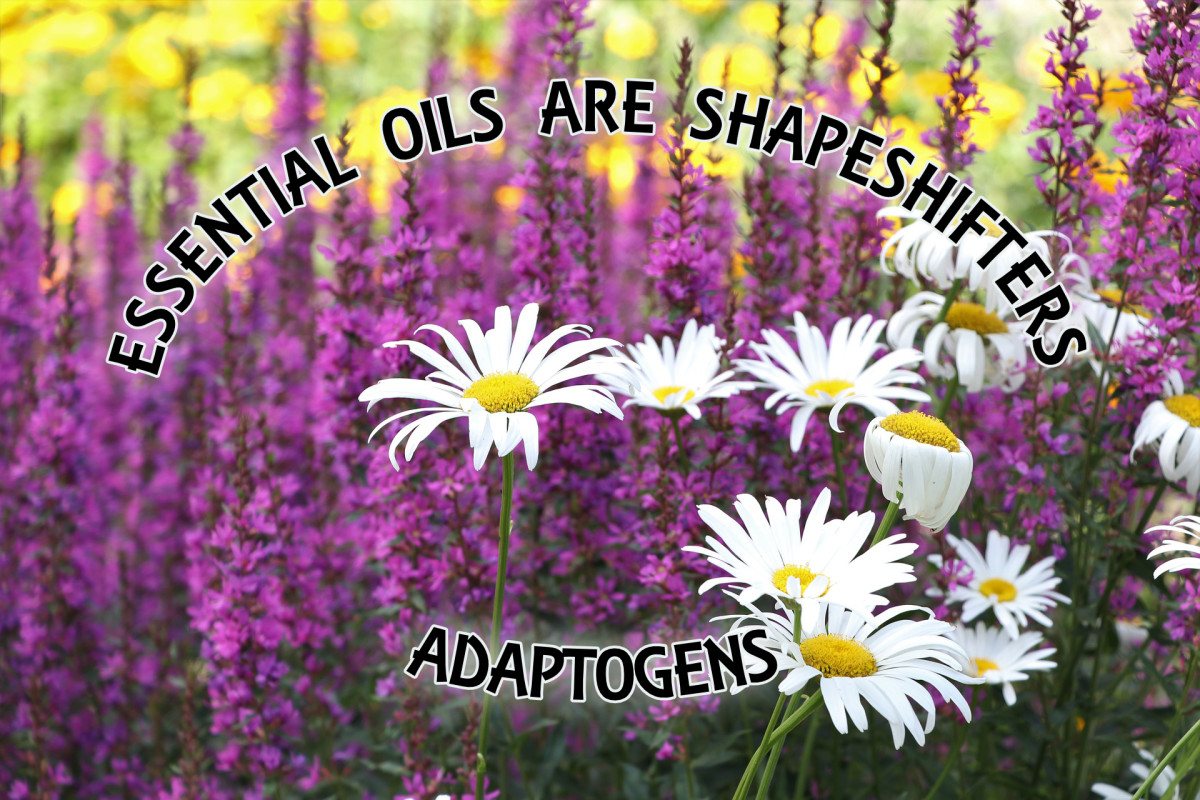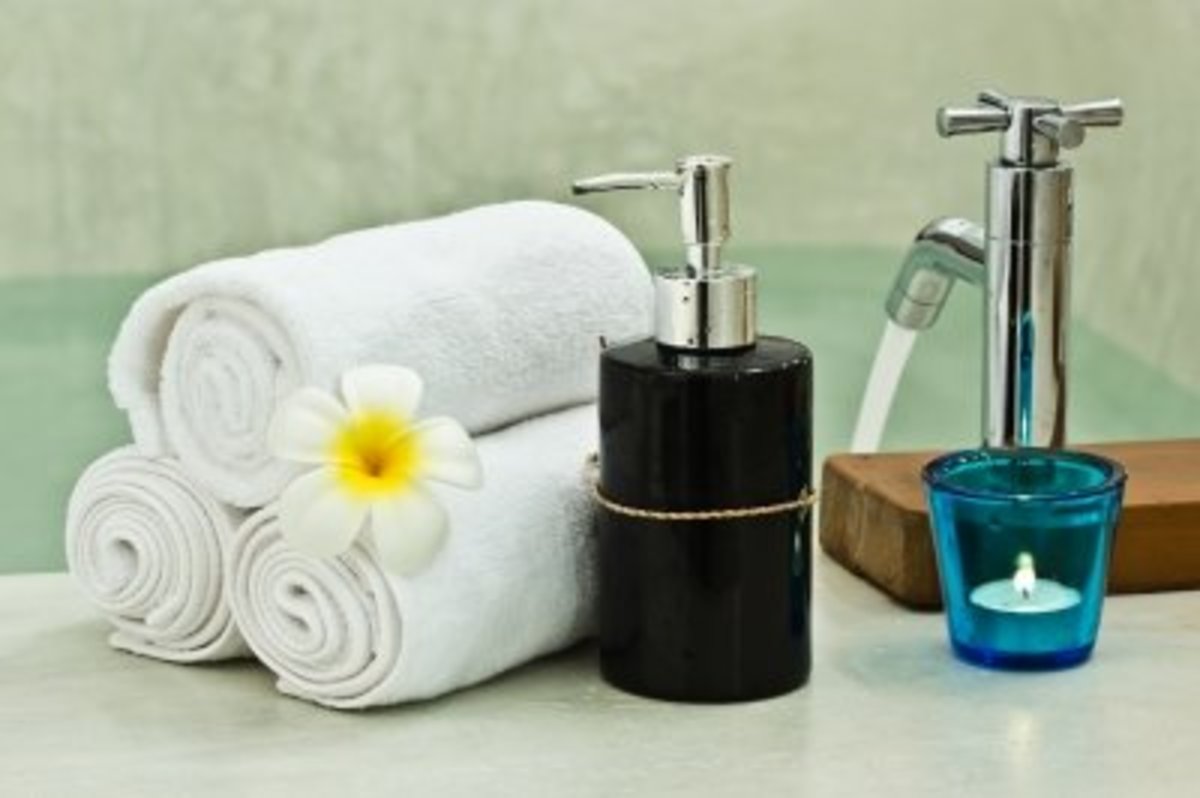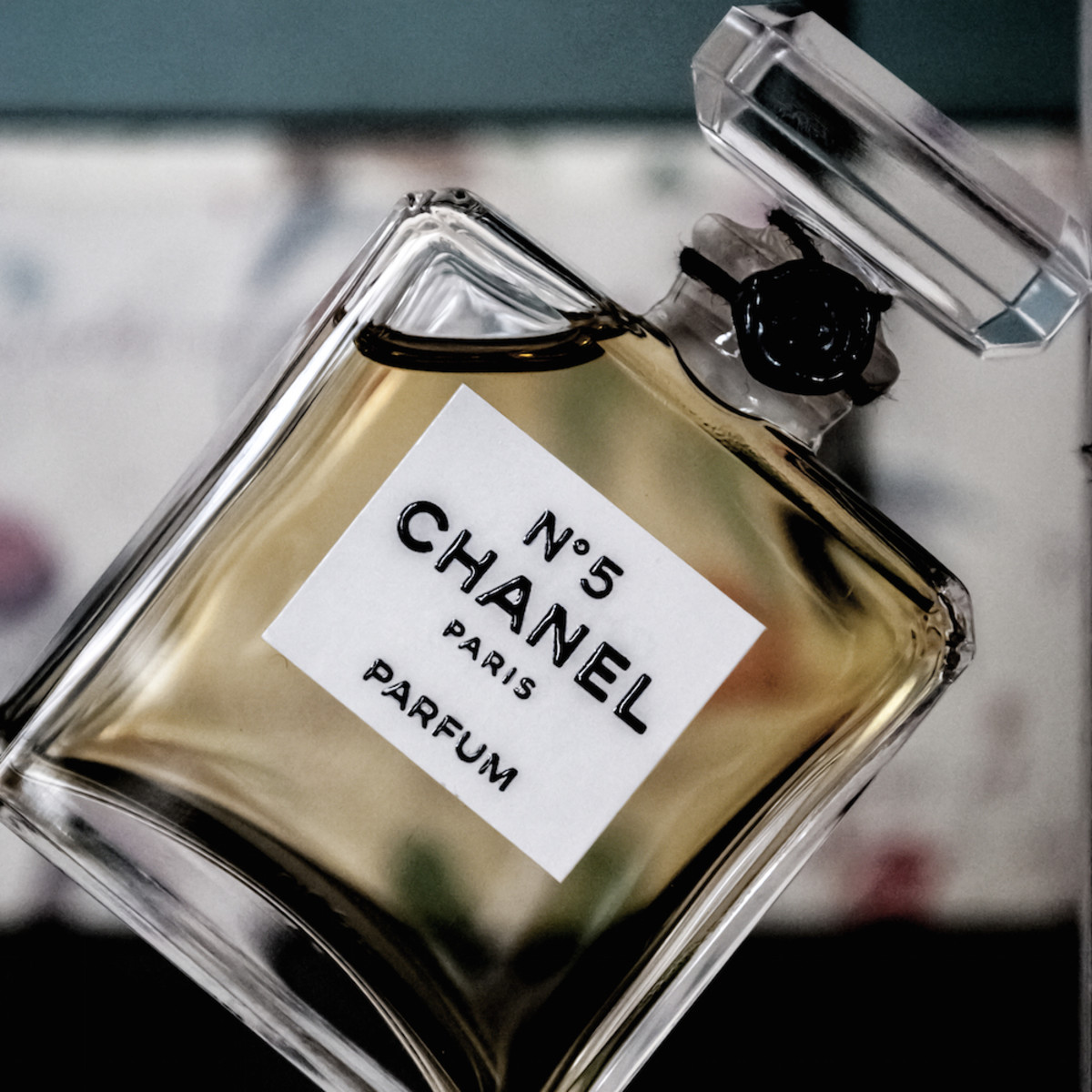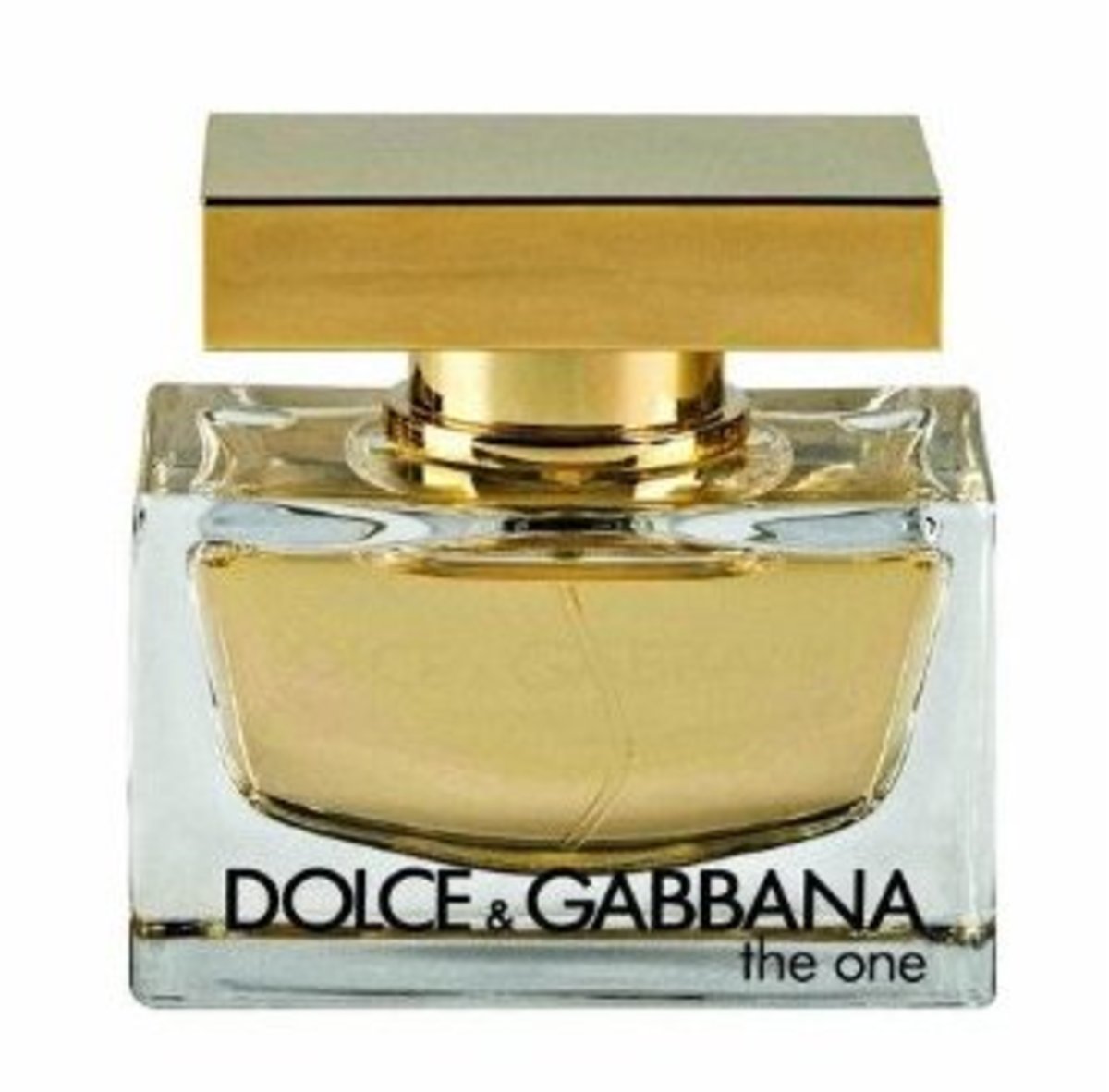Essential Oil Basics | What You Should Know Before Using Them
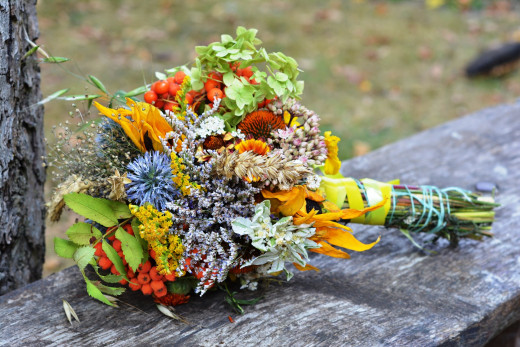
Even though it is said that blending natural essential oils is half science and half art, I don’t fully agree. I believe it’s more about passion and a few basic notions on how to best mix the oils to get the desired effect and benefits.
I used to look for specific recipes and I didn’t find exactly what I needed or I didn’t like my choices. So I started doing some research and learned how to do my own blends and how to use all the essential oils I liked in a proper way. Can’t say I’m an expert now but I certainly know the basics, which I will share with you in this article.
I will tell you about the essential oils (EO) volatility rates and how to use them taking into account the family of aromas they belong to. Also a few important facts about carrier oils, what they are and why they are important; and some safety tips for when using essential oils.
The world of essential oils is a vast one. Basically each plant, tree, root and fruit has been used to draw its essence from. And then put to the test in various situations where people would need an extra help in curing or preventing. That worked very well since ancient times and that is the exact reason why, in our days, we are so interested in this subject.
EO Basics in Volatility and the Best Ratio to Start With
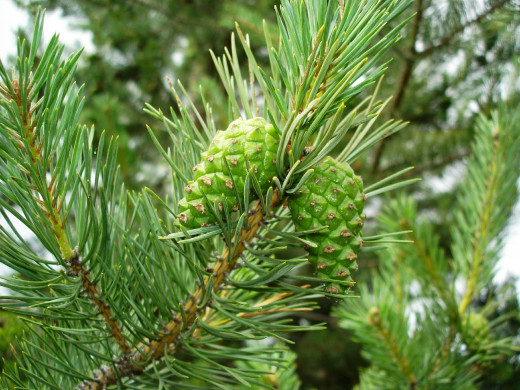
There are three categories where most essential oils fall into when it comes to their evaporation rate. This evaporation rate depends a lot on the oil. And because each essential oil is different, their evaporation rates will be too.
Just like a perfume, in essential oils we also have notes:
Notes
| Description
| Oil Examples
|
|---|---|---|
1. Base
| they evaporate very slow and last a very long time. In this category we can find relaxing and calming oils
| Cedarwood Oil, Black Pepper, Cypress, Geranium, Lavender
|
2. Middle
| with a medium evaporating rate, these oils will affect the body’s metabolism. They can balance and relax the mind very efficiently. They’re mostly warm and subtle fragrances
| Chamomile, Frankincense, Ginger, Jasmine, Patchouli, Rose
|
3. Top
| can be sensed in very light oils that evaporate very fast. These ones usually are very efficient in uplifting and invigorating our senses, body and mind. They’re your first contact in a blend
| Cinnamon Oil, Bergamot, Eucalyptus, Lemon, Orange, Sage, Ravensara, Pine, Tea Tree
|
But some oils are often found to cross over to another category as well. Like Cinnamon, which has middle to base notes. When blending them, a good start would be to use one oil from each category of notes. You can use the notes of essential oils to create your own natural perfume.
One easy way to remember a good rate for a blend would be the order I’ve used to list them 3:2:1 – 3 parts top notes, 2 for middle notes and 1 as base notes.
The EO Uses are numerous and to learn to properly combine them you should also know that all pure essential oils are divided into 8 categories of aromas and fragrances. The oils from the same family or category usually work perfectly when combined.
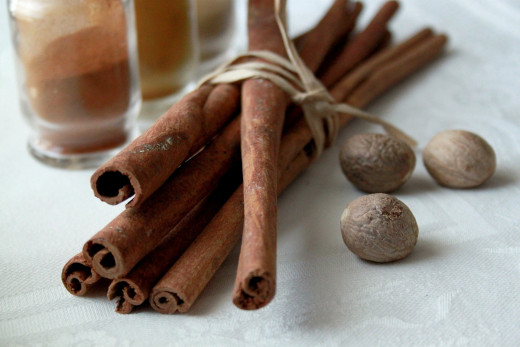
- The Floral Family – Lavender, Geranium, Chamomile, Neroli, Rose, Ylang Ylang, Jasmine.
- The Citrus Family – Orange, Lemongrass, Lemon, Lime, Tangerine, Grapefruit, Bergamot.
- The Camphoraceous Family – Tea Tree, Rosemary, Eucalyptus, Pine, Peppermint, Cajuput.
- The Herbaceous Family – Rosemary (again), Marjoram, Melissa, Peppermint (again), Hyssop, Basil, Mint, Clary Sage, Chamomile.
- The Resinous Family – Myrrh, Frankincense, Elemi, Benzoin.
- The Spicy Family – Cinnamon, Cardamom, Coriander, Cumin, Nutmeg, Ginger, Aniseed, Black Pepper.
- The Earthy Family – Patchouli, Vetiver, Valerian, Angelica.
- The Woody Family – Sandalwood, Cedarwood, Pine, Juniper Berry, Cypress, Cinnamon.
The moment we mix together viscous oils with others less viscous we get a great synergy. This synergy will make the oil less viscous (with lighter molecules) to last a long time. The lighter molecules are easier to absorb by the body, producing a quick response.
What is a Synergy?
The synergy term is frequently used in aromatherapy and it represents a perfect combination of therapeutic essential oils. Their blending together will result in a greater effect than the one they would have had separately.
What are Vegetable/Carrier Oils?
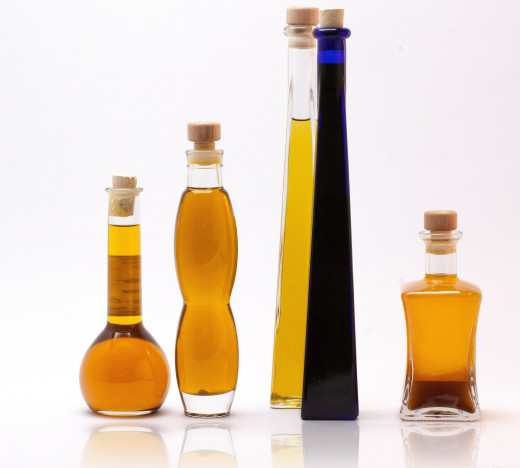
In aromatherapy you’ll hear about carrier oils very often. They are the essential oils’ sidekicks.
- Carrier oils are extracted from nuts, seeds and kernels.
- They don’t evaporate but they go rancid after a while, especially if the storage conditions are not met.
- They are full of minerals and vitamins, and fatty acids.
- They provide multiple benefits to the skin, such as softening, treating irritations and scar tissue and often times they help reducing wrinkles as well.
- They can be used as they are or mixed with a few drops of essential oil. That is why they’re important; because the essential oils are too strong to be used directly as they are on the skin. So we have to dilute the EO with carrier oils, to carry all the nutrients from the blend to the skin in a safe manner.
- In a normal treatment with essential oils, the carrier oils will make up almost 98% of it.
- Examples of carrier oils: Peach, Apricot, Sweet Almond, Grapeseed Oil, Sunflower (cold-pressed), unrefined Avocado Oil, Jojoba, Black Seed, Evening Primrose.
- When you choose your carrier oil make sure you know what you want it for, because each of the above mentioned oils has different properties, and some are lighter than others.
How Safe is it to Use Organic Essential Oils?
Essential oils are very concentrated. They gather all the powerful substances from where they’ve been extracted through various methods, and this is why they can be dangerous and toxic at times.
People with certain diseases or affections may have allergic reactions and intolerability to some natural essential oils or worse, they can interact with medication and overwhelm the body. And what’s more important is that taken in a large dose, the essential oils can be poisonous to the body.
That’s why you should always double check the information you’re interested in with numerous other sources, especially if you’re considering ingestion. Tell a medic or an aroma therapist about your intentions and see what they have to say first.
When it comes to kids, essential oils should be used with caution and very diluted. And never use on children younger than 3 months old.
Generally speaking, all essential oil blend recipes must be well researched and the indications well respected. And always make sure you buy essential oils from trusted and accredited sources, so that you can fully benefit their properties without any risk.
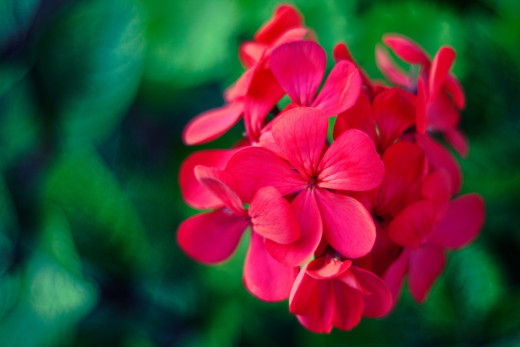
Now you know the basics of organic aromatherapy essential oils and you can start experimenting freely and safely.
Remember to have fun while you’re at it and let me know if you have any stories to tell about your own beginning with the essential oils.

